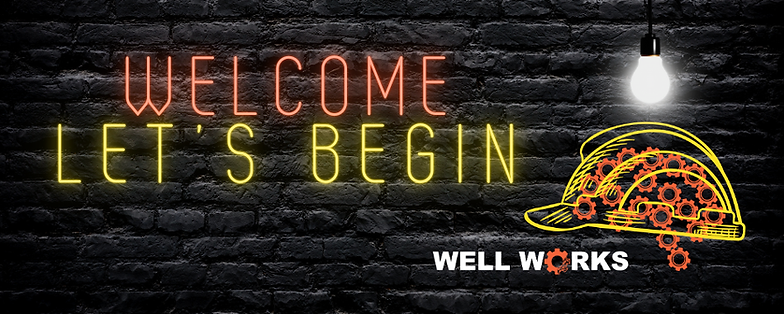Mission:
4
Energy & Communication
Approx Duration:
6 Min

Energy as the Basis of Human Operation
Energy is the foundation of everything we do. Scientifically, energy cannot be created or destroyed—it can only be transferred, transformed, or stored. Every human action is an expression of energy moving from one form to another.
Sound as Energy: When we speak, we produce sound. Sound is vibration, and vibration is energy in motion.
Human Systems: As humans, we consume, transfer, and transform energy every day. This applies not only to how we build structures but also to how we interact with one another.
Types of Energy in Human Performance
We operate through several interconnected types of energy:
Physical Energy
Mechanical energy: Muscle contractions, movements, and vocalizations.
Heat energy: Produced by metabolism, muscles, and organs—even at rest.
Mental Energy The brain operates through electrochemical signals. Thoughts, beliefs, memory, and focus all require energy.
Cardiac Electromagnetic Energy The human heart produces its own electromagnetic field, measurable outside the body. This field influences both our own systems and, in subtle ways, how others respond to us.
Humans are energy-driven organisms. We not only operate with energy, we also transfer it—shaping the motivation, clarity, and effectiveness of those around us.
Intrapersonal vs. Interpersonal Communication
Energy doesn’t just power what we do—it also drives how we communicate. That communication happens on two levels: Intrapersonal and interpersonal.
INTRApersonal Communication This is the conversation you have with yourself—the internal operating system that shapes mindset, energy, motivation, and choices before you ever speak to another person. These beliefs, focus, and self-talk consume and direct energy. Intrapersonal communication sets the tone for how you show up in every interaction.
INTERpersonal Communication This is communication between two or more people. It’s the circuitry that transfers energy externally through words, tone, body language, and actions. Strong interpersonal communication builds clarity, trust, and alignment; weak communication disrupts systems and relationships, much like a short circuit.
Both forms are essential. Intrapersonal communication fuels clarity and confidence; interpersonal communication carries that energy outward, driving influence, collaboration, and leadership.
Communication is also a Survival Habit
Communication is not optional; it is fundamental to our survival. From birth, humans develop communication patterns to connect, coordinate, and belong to a group.
Survival Function: Belonging to a group increased our chances of survival. To secure that belonging, we needed trust and status, which come from how we communicate and interact.
Legacy Function: Human motivation extends beyond survival toward leaving a legacy. Our brain's ultimate goal is to leave as many legacies as possible: traditions, stories, inventions, children. For those of us in construction, legacy is concrete—literally. Structures, systems, and built environments are legacies.
Communities: Then and Now
Earlier Human Communities: Small, stable groups where roles and leadership baselines were built quickly and clearly understood. Everyone knew who the leader was, who the healer was, and who needed a close eye because they were unpredictable.
Modern Communities: Transportation and technology expanded our networks into massive, overlapping systems. We now interact with far greater diversity and complexity, requiring far more sophisticated communication.
Construction is a Network of Circuits
Our industry functions as an ecosystem of trades, project teams, clients, and organizations. Communication is the conductor—the wiring—that allows energy to flow between these groups.
When communication fails, the system shorts out, causing delays, rework, or conflict.
When communication flows, energy transfers cleanly, powering alignment, collaboration, and results.
Communication is Essential Fuel
Just as humans require oxygen, water, and nutrition, we also require communication. It is not simply a tool—it is part of our operating system.
Communication and interaction are necessary for our survival.
Quality communication enables us to thrive, adapt, and lead.
In construction, communication is the wiring that carries energy between people and systems, ensuring alignment, safety, and successful delivery.

toolbox

worksheets:

quicksheets:

Hands Free Audio Option
Your Mission:
Please simply read (or listen) through the content above.

